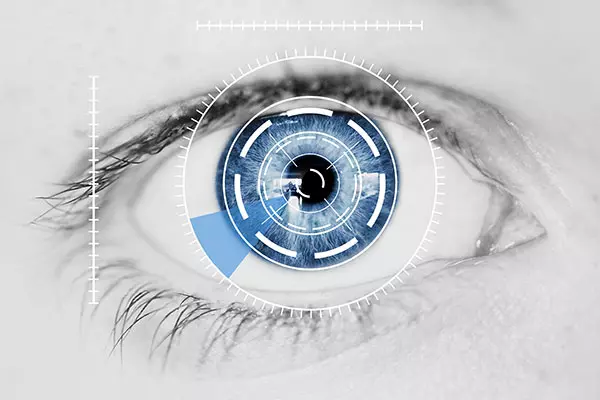 EMDR, it’s a small acronym with a powerful meaning and an even larger ability to help you heal. Eye Movement Desensitization and Reprocessing is a protocol for processing traumatic or disturbing memories and leaving the client with a positive sense of self and of their future. It is a three-pronged approach to healing, focusing on past events, present day triggers, and future templates or “how I want to be living life.” It combines three theories: Cognitive Behavioral Therapy (CBT) – the interplay between thought, feeling and behavior; Psychodynamic – how your past impacts your present, and; Information Processing Analysis – how your brain takes in and categorizes information.
EMDR, it’s a small acronym with a powerful meaning and an even larger ability to help you heal. Eye Movement Desensitization and Reprocessing is a protocol for processing traumatic or disturbing memories and leaving the client with a positive sense of self and of their future. It is a three-pronged approach to healing, focusing on past events, present day triggers, and future templates or “how I want to be living life.” It combines three theories: Cognitive Behavioral Therapy (CBT) – the interplay between thought, feeling and behavior; Psychodynamic – how your past impacts your present, and; Information Processing Analysis – how your brain takes in and categorizes information.
A processed memory is one that we “remember”, not necessarily one that we “feel”. When a disturbing experience occurs, and is not processed, it is stored with all the sights, smells, and sounds that accompany the event. When we recall the event, our bodies and emotions react as if the event is happening in real time, the feeling “washes” over us. Not only do we react physically to the recollection of the event, but we also have a negative thought about ourselves in the event (“I am not safe”, “I am not good enough”, “I should have done more”, “I cannot trust myself”). It is not simply the event that keeps us feeling stuck, but it is also that negative belief that we carry forward through life that continues to impact us. Let’s face it, we all have an inner critic. Are you able to maneuver around yours or does it prevent you from being the genuine person you know you are intended to be?
EMDR is a protocol developed by Francine Shapiro in the 1980s that assists clients with processing unprocessed memories. It does not matter if they are “T” or “t” (see the “Trauma” tab), the effect of these unprocessed memories can be equally impactful. The fear of needles, public speaking, or even driving a car after an accident can have the same level of disturbance, discomfort does not discriminate. EMDR utilizes bi-lateral stimulation (audio, tactile, visual) to “remind” the brain that the memory is a memory, not a current event, to process it, and allowing the client to change their negative self-thought to a positive one (“I can be safe now”, “I am good enough”, “I did all I could”, “I can trust myself now”).
Here are some of the uses of EMDR treatment:

